flopkins
Ideal_Rock
- Joined
- Nov 15, 2004
- Messages
- 2,026
John - THANK YOU!!!!
It is so much clearer now~! I was trying to squint and see what the x/y axis were supposed to represent and now it makes so much sense.
Two more questions -
it seems that they use a triptych w.the firemap, ASET30 and ASET40 - any particular reason why these three?
and -
I assume that the ideal ''sweet spots'' would show up red (or whatever is desirable) in all three maps? I bet there must be some way to superimpose all three matrices and show the composite colors?
It is so much clearer now~! I was trying to squint and see what the x/y axis were supposed to represent and now it makes so much sense.
Two more questions -
it seems that they use a triptych w.the firemap, ASET30 and ASET40 - any particular reason why these three?
and -
I assume that the ideal ''sweet spots'' would show up red (or whatever is desirable) in all three maps? I bet there must be some way to superimpose all three matrices and show the composite colors?



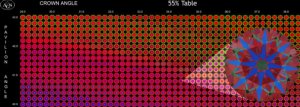

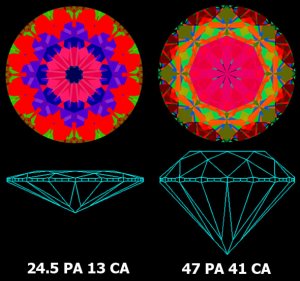

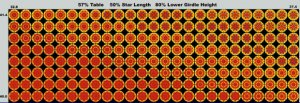
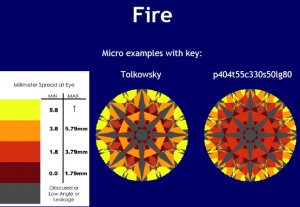
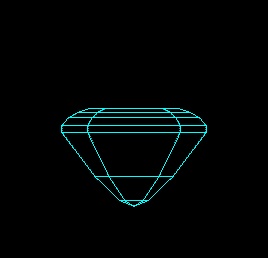
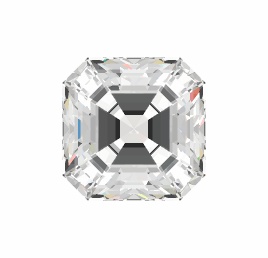



300x240.png)